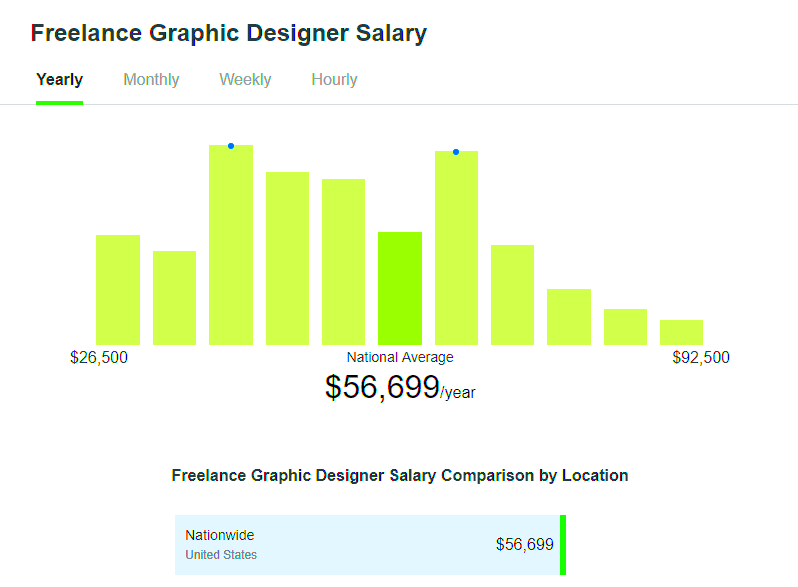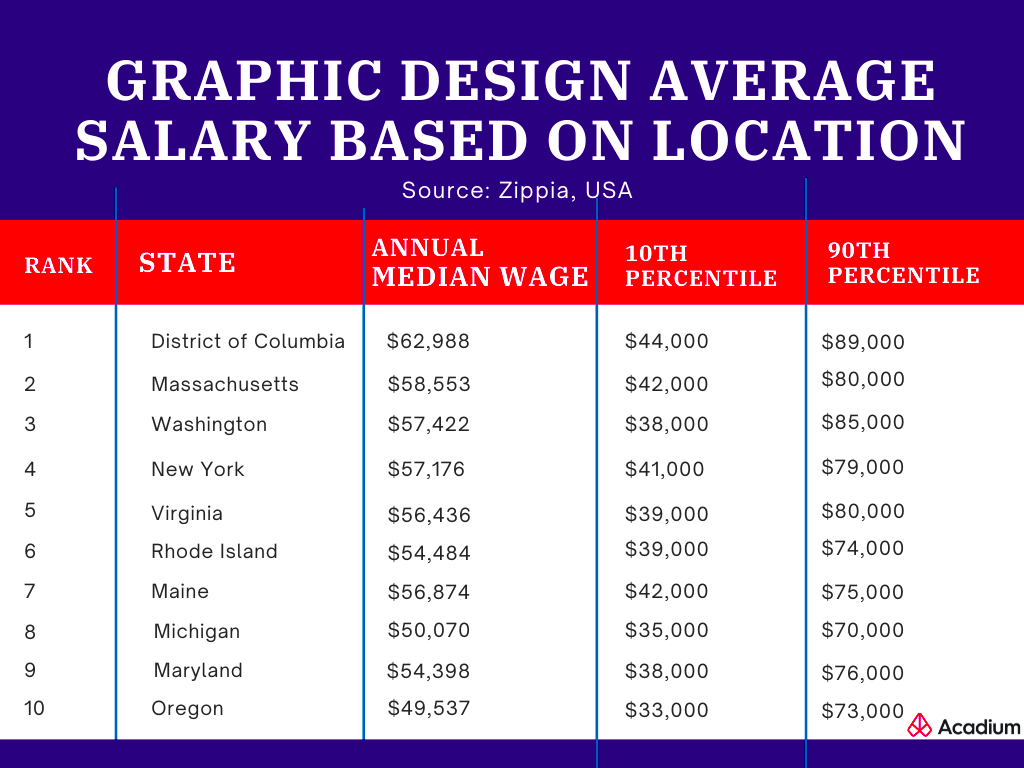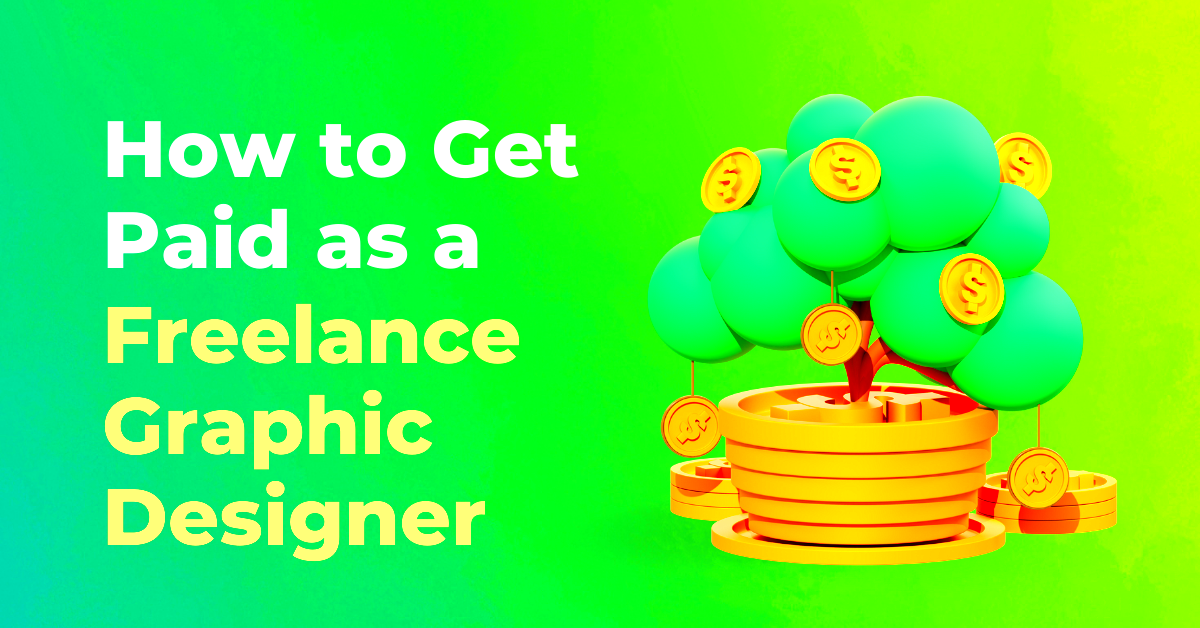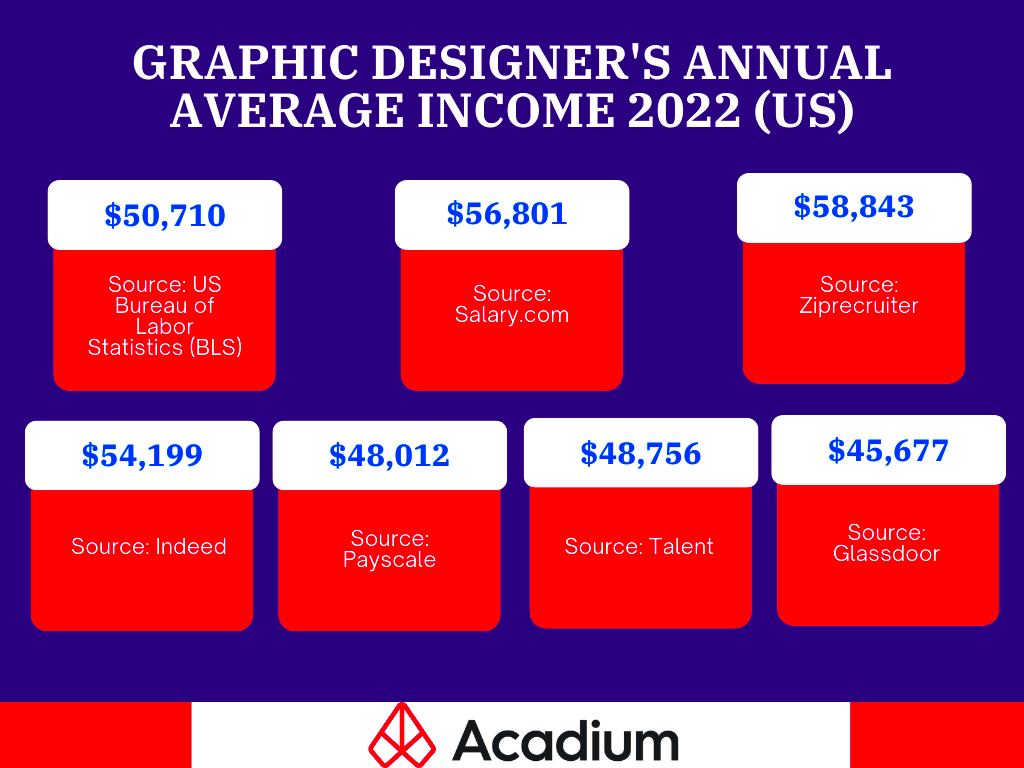Freelance graphic design provides the freedom to work on multiple projects. A freelance graphic designer is the one who plans their schedule and decides on whom to serve with their services. It can be a rewarding but also challenging route in that it requires balancing creative tasks and business activities at the same time.Freelance graphic designers earn different amounts money depending on several factors. For instance, these include:Freelance graphic designers have very different earnings even though there is a general tendency for them to make similar amounts in salary. This is what I think you can pay:
Factors Affecting Earnings

- Experience Level: More experience generally means higher rates.
- Specialization: Niche skills, like UX/UI design or animation, can command higher fees.
- Client Type: Large corporations often pay more than small businesses or individuals.
- Project Scope: Complex projects usually come with higher compensation.
- Geographic Location: Rates can vary depending on the designer’s location and the client’s location.
- Reputation: Building a strong portfolio and a good reputation can lead to higher-paying opportunities.
Also Read This: How to Change Your Email for Fiverr
Average Earnings for Freelance Graphic Designers

| Experience Level | Hourly Rate | Annual Income |
|---|---|---|
| Entry-Level | $25 - $50 | $30,000 - $50,000 |
| Mid-Level | $50 - $75 | $50,000 - $75,000 |
| Experienced | $75 - $100+ | $75,000 - $100,000+ |
Note: These figures are approximate and can vary based on location, client, and other factors.
In the field of graphic design, certain subfields are more valuable than others. By focusing on specific disciplines, you may considerably enhance your pay. Following are some of the niches that pay very well:In the field of freelance graphic design, one’s experience has a vital contribution to the amount of money one earns from it. Below are some ways in which experience can influence income:As a freelance graphic designer, there are some things that you can do to maximize your earnings. These include:
Also Read This: Understanding Clicks on Fiverr: A Comprehensive Guide
Top-Paying Niches within Graphic Design

- User Experience (UX) Design: UX designers focus on creating user-friendly interfaces. Their work is crucial for websites and apps, often leading to higher pay.
- Motion Graphics: This involves creating animated graphics for videos and digital content. Due to its complexity, it often commands higher rates.
- Brand Identity Design: Developing logos and branding materials for companies can be highly profitable, especially for established businesses.
- Web Design: Designing websites requires a blend of visual and technical skills, which can lead to higher earnings.
- Illustration: Custom illustrations for books, marketing materials, and merchandise can also be a high-paying niche.
Also Read This: This Simple Tool: Fiverr Auto Refresh Extension
How Experience Impacts Earnings
- Entry-Level: Beginners typically start with lower rates. This period is crucial for building a portfolio and gaining experience.
- Mid-Level: With a few years of experience, designers can charge higher rates. They have developed a solid portfolio and client base.
- Experienced: Seasoned designers with extensive portfolios and a strong reputation can command premium rates. Their experience allows them to handle complex projects more efficiently.
- Expert: Designers with specialized skills or a high-profile client list can achieve top-tier rates and work on prestigious projects.
Also Read This: How Fiverr Stole My Money
Strategies to Increase Your Earnings
- Specialize: Focus on a niche where you excel and that is in high demand.
- Build a Strong Portfolio: Showcase your best work to attract higher-paying clients.
- Network: Connect with other professionals and potential clients through online platforms and industry events.
- Improve Skills: Continuously upgrade your skills to stay competitive and offer high-value services.
- Set Clear Pricing: Establish clear and fair pricing for your services, and don’t be afraid to adjust rates as your experience grows.
- Ask for Referrals: Satisfied clients can refer you to others, helping to grow your business and income.
When you have appropriate tools and resources, it simplifies the work making it easier for one to work as a freelance graphic designer thus increasing their profits. Some of the important tools and resources that every graphic design should have are;There are a number of challenges that freelance graphic designers have to deal with. Here are some of the common issues and their possible solutions:A: Take a look at various research industry standards, think about what you have been through, find out how much it costs you to service clients, and what salary you want to receive from them. Change your rates depending on how complex the job is and depending on the financial position of the person who needs it done.A: Showcase your finest work with versatility of styles and projects, changing it regularly. A solid portfolio amplifies your skills and consequently draws in prospective clients.Monitor timelines, rank activities, and inform clients accurately by means of project administration resources. In doing so, one is able to handle numerous projects successfully with appropriate scheming and structuring.Tap into people’s connections within your industry, exhibit your skills on job-seeking sites and ask for referrals from old clients. Earning a solid name can draw in more money-making chances.
Also Read This: How Many Gigs Can You Make on Fiverr?
Tools and Resources for Better Earnings
- Design Software: Tools like Adobe Creative Suite (Photoshop, Illustrator, InDesign) and alternatives like Sketch or Affinity Designer are vital for creating high-quality designs.
- Portfolio Platforms: Websites like Behance, Dribbble, and Adobe Portfolio allow you to showcase your work to potential clients.
- Project Management Tools: Apps like Trello, Asana, or Monday.com can help you keep track of deadlines and manage multiple projects.
- Time Tracking Tools: Use tools like Toggl or Harvest to track the time spent on projects, which can help with billing and productivity.
- Online Courses: Platforms like Coursera, Udemy, and LinkedIn Learning offer courses to improve your skills and stay updated with industry trends.
- Networking Platforms: LinkedIn and social media can be useful for connecting with potential clients and other professionals in the industry.
Common Challenges and How to Overcome Them
- Inconsistent Income: Income can vary. To manage this, create a budget, save for lean periods, and diversify your client base.
- Client Communication: Misunderstandings can occur. Ensure clear communication by setting expectations upfront and using detailed contracts.
- Time Management: Balancing multiple projects can be tough. Use project management and time-tracking tools to stay organized and meet deadlines.
- Finding Clients: Attracting new clients can be challenging. Network actively, use online platforms to showcase your work, and consider referrals from existing clients.
- Dealing with Revisions: Excessive revisions can be frustrating. Set clear terms for revisions in your contract and communicate these terms to clients.




